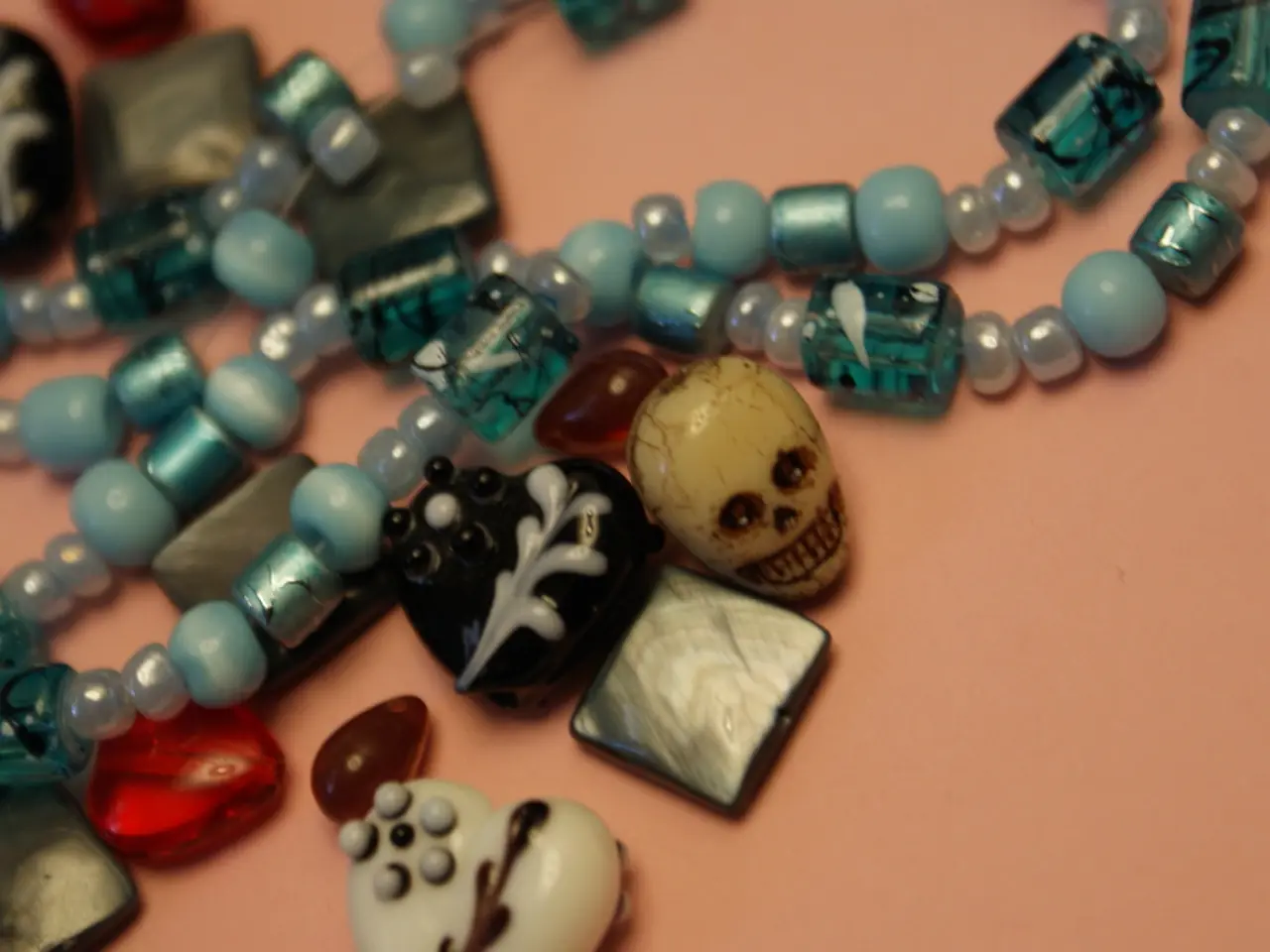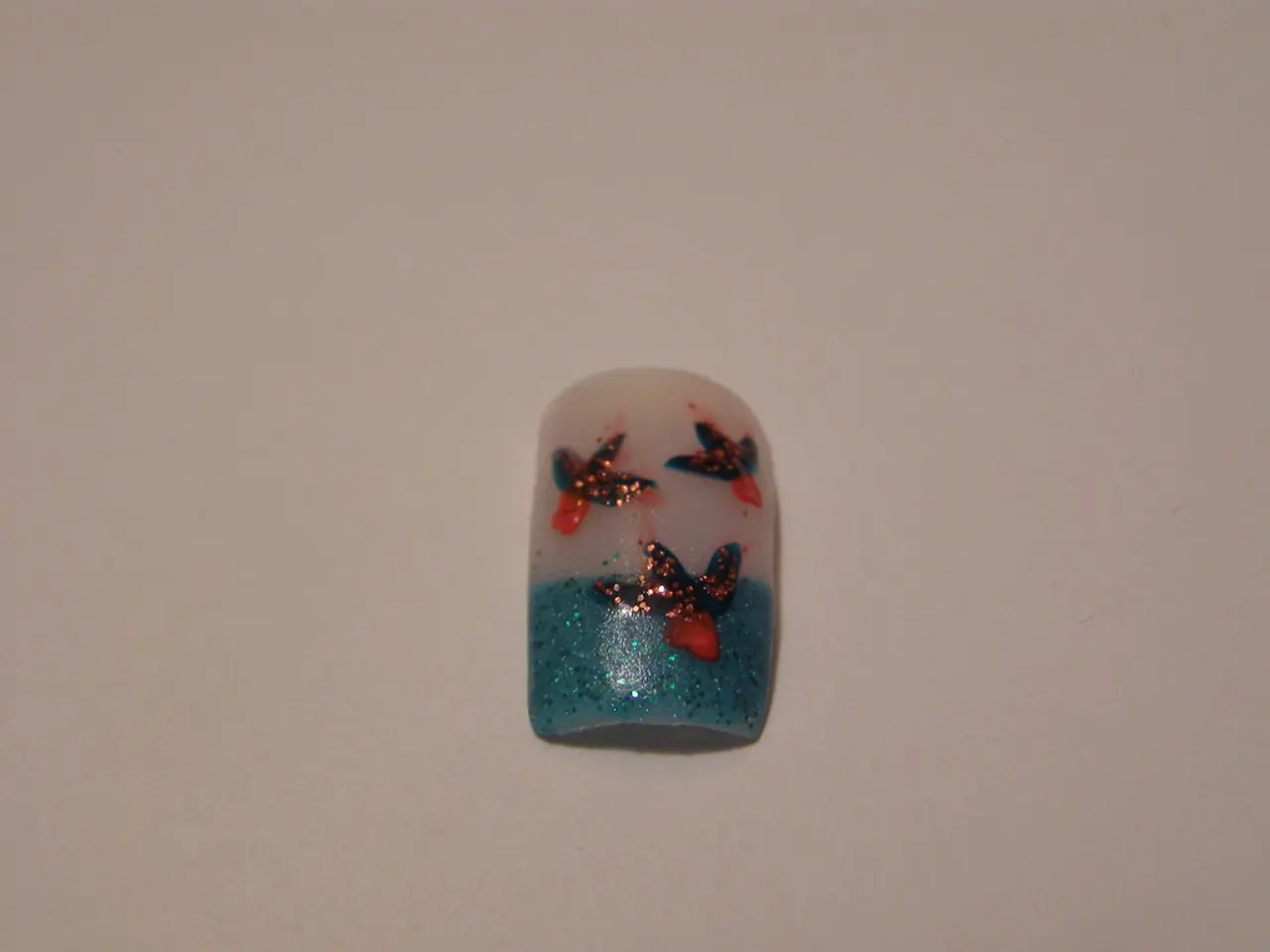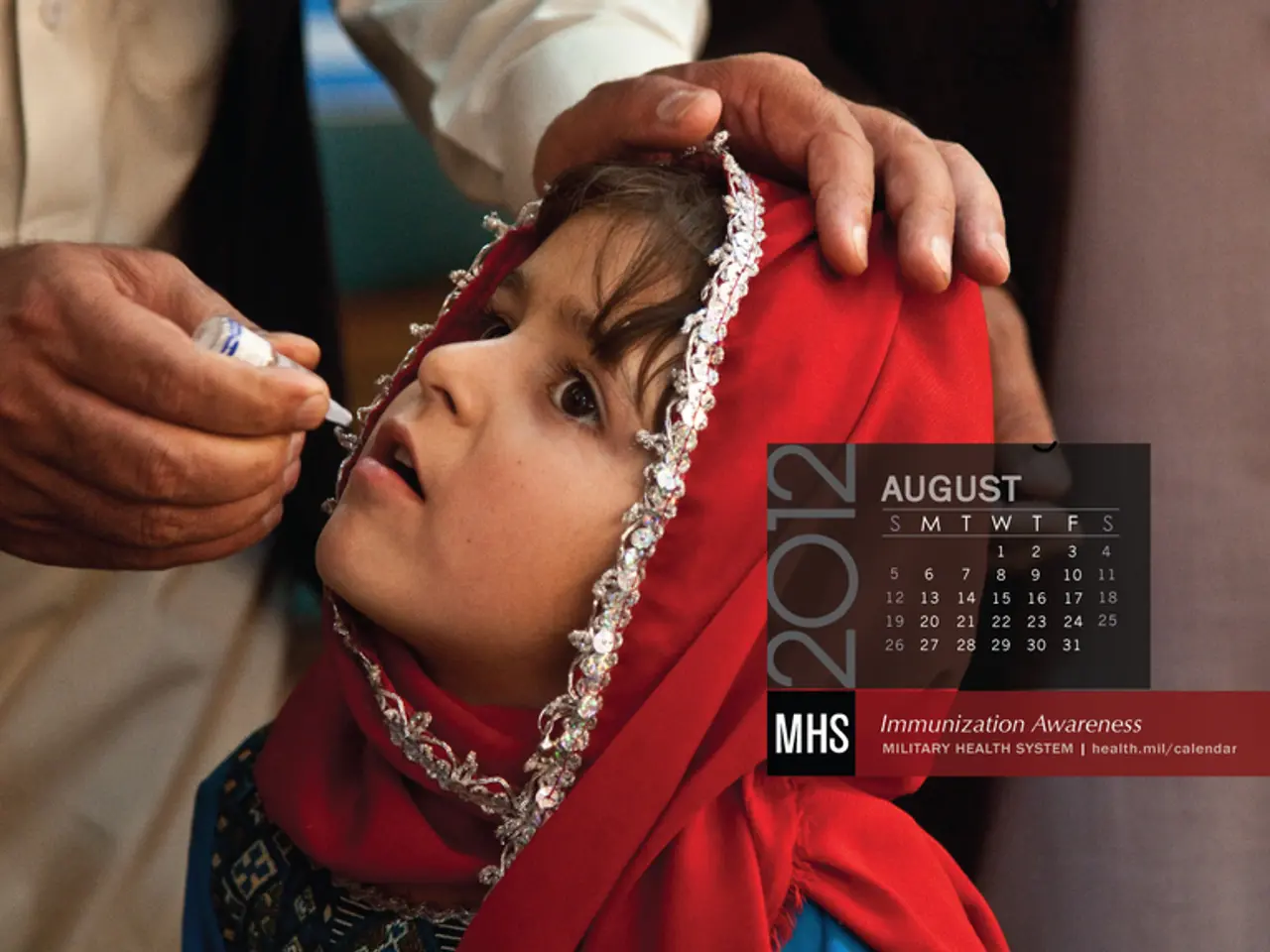Heart-Shaped Diamonds Exploration: Essential Information Unveiled
In the world of diamonds, few cuts exude the romantic charm and cultural significance of the heart-shaped diamond. Originating in the late 1400s, this captivating gemstone has been a symbol of love and luxury for over five centuries.
The heart shape's history dates back to the late 15th century, with the Duke of Milan, Galeazzo Maria Sforza, making a reference to a mystical quest involving a heart-shaped diamond in 1464. Although early versions of this cut might have resembled more of a "triangular with rounded corners" or "drop" shape by today's standards, they were considered heart-shaped at the time.
By the mid-16th century, the heart-shaped diamond had gained significant symbolic importance among European royals. A notable example is from 1562, when Mary Queen of Scots sent Queen Elizabeth a heart-shaped diamond ring as a symbol of friendship and goodwill between their courts. Around the same period, Cardinal de Richelieu owned a notable 20-carat heart-shaped diamond, said to have been gifted by a wealthy diamond merchant and intended as a royal heirloom.
The evolution of the heart-shaped diamond aligns with broader advancements in diamond cutting from the 14th to the 18th centuries. Initially, diamond cuts were simple, such as the point cut, evolving through the table cut, rose cut, and eventually the brilliant cut in the 18th century, which greatly enhanced diamond brilliance through improved facets. The modern heart cut is essentially a modification of the round brilliant cut, typically featuring 56 to 58 facets designed to maximize sparkle and maintain symmetry, which is crucial for the distinctive heart shape.
In the modern era, heart-shaped diamonds continue to captivate hearts as romantic symbols, often featured in engagement rings, pendants, and earrings. However, historically, the most famous are those associated with European nobility such as Mary Queen of Scots’ ring.
Compared to round brilliants, heart shapes tend to show clarity characteristics more readily, particularly in the cleft and point areas. They often appear larger than round diamonds of the same carat weight due to their spread. However, price per carat varies significantly from other fancy shapes, with heart shapes generally priced higher than ovals or emerald cuts but lower than round brilliants.
The ideal length-to-width ratio for a heart-shaped diamond falls between 0.90 and 1.10. The depth percentage of a quality heart-shaped diamond should fall between 55% and 65%, with the table percentage between 53% and 63%. Heart shapes require significantly more rough material compared to traditional cuts, often needing up to 40% more rough diamond than a round brilliant of the same final carat weight.
Settings for heart shapes generally require more customization than those for traditional cuts, potentially limiting ready-made options but offering opportunities for unique designs. Heart shapes can be set in various ways, from traditional prong settings to modern bezel designs, offering versatility in jewelry design.
In evaluating a heart-shaped diamond, perfect symmetry, proper proportions, and outstanding light performance are critical factors. Perfect symmetry is crucial in a heart-shaped diamond, with both lobes needing to be identical in size, shape, and curvature. The development of modern cutting techniques in the early 20th century revolutionized heart-shaped diamond cutting, allowing for greater precision in symmetry and better light performance. In well-cut heart shapes, light performance closely rivals that of round brilliants, with approximately 95% of the brilliance when cut to ideal proportions.
Heart-shaped diamonds have a middle range of vulnerability compared to other fancy shapes. They have fewer vulnerable points than marquise or pear shapes but more than round or cushion cuts, making them a practical choice for those seeking a unique yet durable diamond.
In conclusion, the heart-shaped diamond stands out for its romantic symbolism and its technical demand in cutting, reflecting centuries of gem-cutting artistry and cultural significance. Whether you are drawn to its captivating shape, its historical allure, or its unique sparkle, the heart-shaped diamond continues to be a timeless choice for those seeking a diamond that embodies love and luxury.
In the realm of science and lifestyle, the modern heart cut of diamonds has been meticulously crafted and perfected through centuries, mirroring advancements in other fields such as mental-health and fashion-and-beauty. For instance, the evolution of heart-shaped diamonds, with their emphasis on symmetry, sparkle, and aesthetic appeal, can be compared to the ongoing quest for improving mental wellness, where individuals seek balance, brilliance, and unique solutions to foster their overall health-and-wellness.




